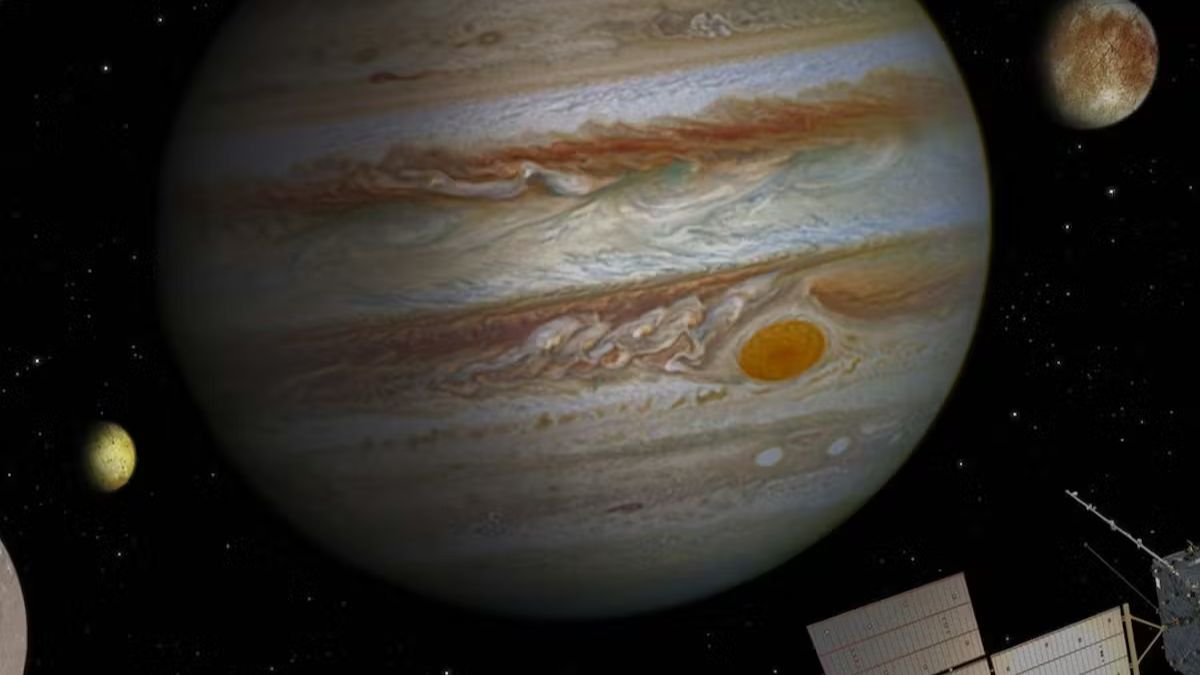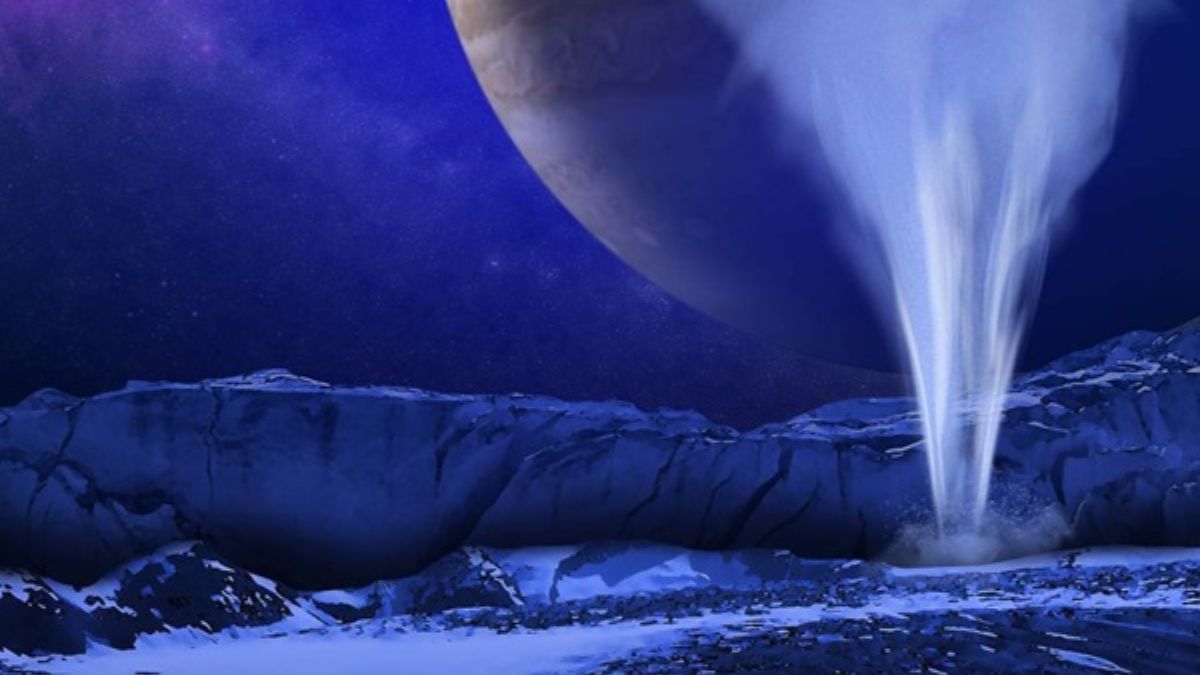
Image credit : Hackster.io ...
news-extra-space

 Astronomy Magazine[/caption]
The Ariane 5 rocket will launch the spacecraft on Thursday, April 13, from Europe's Spaceport in Kourou, French Guiana (you can watch the launch from your house). The spacecraft was completely integrated last year in order to be ready for the launch, after which it was packaged and transported from its testing location in Toulouse, France to French Guiana.
Also Read: Jupiter’s Moons Europa & Ganymede’s Most Detailed Images Released
To fit inside the rocket, JUICE folds down to a size of around 4 by 4 by 2 meters. Once in orbit, it expands to its full size of 17 by 27 by 14 meters.
The spacecraft's massive solar panels, which must be large to absorb the weak sun's rays for electricity as it travels far out into the solar system toward Jupiter, as well as a variety of antennae and booms that will hold instruments, are among the components of that deployment. In order for the instruments to collect sensitive readings of things like magnetic fields without being interfered with by the spacecraft's systems, they need to be held apart from the spacecraft's body by these booms.
The moon Ganymede will be the major objective of the JUICE mission. The spacecraft will fly around it 12 times, getting as near to the moon as 250 miles during its closest approach. The only moon in the solar system known to produce its own magnetic field is Ganymede. This magnetic field resides within Jupiter's larger magnetic field and interacts with it in intricate ways, making Ganymede distinctive. The magnetic field of Jupiter also has an impact on the auroras that Ganymede's magnetic field produces, which are bands of blazing gas encircling the moon.
Astronomy Magazine[/caption]
The Ariane 5 rocket will launch the spacecraft on Thursday, April 13, from Europe's Spaceport in Kourou, French Guiana (you can watch the launch from your house). The spacecraft was completely integrated last year in order to be ready for the launch, after which it was packaged and transported from its testing location in Toulouse, France to French Guiana.
Also Read: Jupiter’s Moons Europa & Ganymede’s Most Detailed Images Released
To fit inside the rocket, JUICE folds down to a size of around 4 by 4 by 2 meters. Once in orbit, it expands to its full size of 17 by 27 by 14 meters.
The spacecraft's massive solar panels, which must be large to absorb the weak sun's rays for electricity as it travels far out into the solar system toward Jupiter, as well as a variety of antennae and booms that will hold instruments, are among the components of that deployment. In order for the instruments to collect sensitive readings of things like magnetic fields without being interfered with by the spacecraft's systems, they need to be held apart from the spacecraft's body by these booms.
The moon Ganymede will be the major objective of the JUICE mission. The spacecraft will fly around it 12 times, getting as near to the moon as 250 miles during its closest approach. The only moon in the solar system known to produce its own magnetic field is Ganymede. This magnetic field resides within Jupiter's larger magnetic field and interacts with it in intricate ways, making Ganymede distinctive. The magnetic field of Jupiter also has an impact on the auroras that Ganymede's magnetic field produces, which are bands of blazing gas encircling the moon.
 Photo Credit: BBC Sky At Night Magazine
In order to develop a picture of how Ganymede interacts with the wider Jupiter system, JUICE will collect data from Ganymede in order to understand its gravity, shape, and interior structure as well as its magnetic field. Additionally, it will search for biosignatures of substances like carbon, oxygen, iron, and water that are essential to life.
The mission will also conduct 21 flybys of Callisto, which may provide hints as to how Jupiter appeared when it was young, and two flybys of the Europa moon, searching for further biosignatures and indications of water in particular.
Photo Credit: BBC Sky At Night Magazine
In order to develop a picture of how Ganymede interacts with the wider Jupiter system, JUICE will collect data from Ganymede in order to understand its gravity, shape, and interior structure as well as its magnetic field. Additionally, it will search for biosignatures of substances like carbon, oxygen, iron, and water that are essential to life.
The mission will also conduct 21 flybys of Callisto, which may provide hints as to how Jupiter appeared when it was young, and two flybys of the Europa moon, searching for further biosignatures and indications of water in particular.
Leave a Reply






